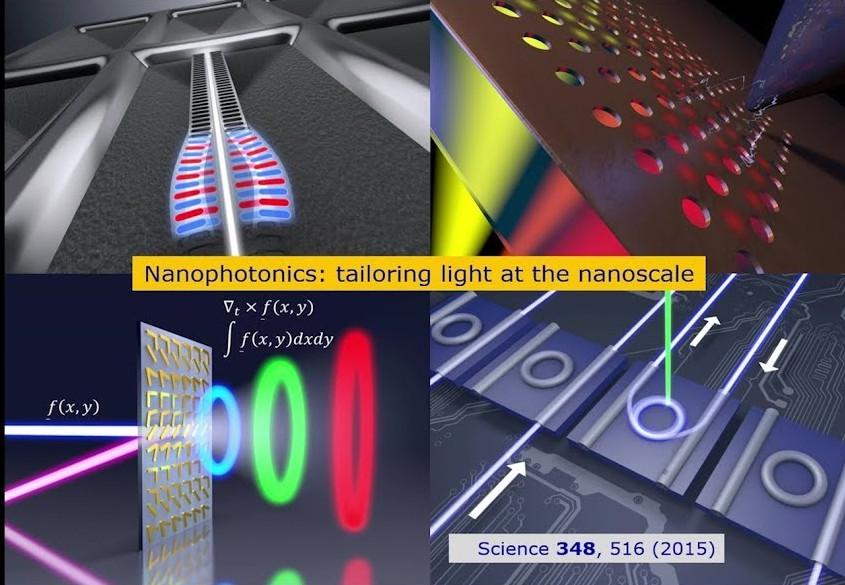Light management and the dream of photovoltaic energy for 0.01 €/kWh

Relatore:
Prof. Albert Polman (Center for Nanophotonics, AMOLF, Amsterdam, The Netherlands)
Aula:
Aula Magna
Abstract:
With over 2000 km2 of solar panels generating 300 GWp worldwide, photovoltaics is becoming an important source of energy for our society. The efficiency of solar energy conversion using single-junction semiconductor solar cells has now reached 27% for silicon and 29% for GaAs. However, so far no material has reached the Shockley-Queisser efficiency limit of 34%. I will discuss recent developments in photovoltaic materials technology that can be applied at ultra-large scale, with a focus on how improved light management can lead to efficiencies beyond the SQ limit and can reduce costs, with the ultimate goal to generate solar electricity at a cost of 0.01 $/kWh.

Bio:
Albert Polman is program leader of the “Light Management in New Photovoltaic Materials” program at the NWO Institute AMOLF in Amsterdam, the Netherlands, and Professor of Photonic Materials for Photovoltaics at the University of Amsterdam. He is one of the early pioneers of the research field of nanophotonics. Polman’s research group focuses on nanophotovoltaics, the study of light management at the nanoscale to realize solar cells with ultra-high efficiency that can be made at low costs. In 2012 he was awarded, together with Harry Atwater, the ENI Renewable Energy Award. Polman’s group also develops cathodoluminescence (CL) spectroscopy as a super-resolution imaging technique for nanophotonics; the company Delmic, co-founded by Polman, now brings CL instrument on the market. Polman is member of the Netherlands Academy of Arts and Sciences, recipient of ERC Advanced Investigator Grants (2011, 2016), and has won several awards for his work.